
The winter mountain haven of Kempinsky Engelberg, in one of the snowiest parts of Switzerland
Perched beneath the panoramic Titlis peak, Kempinski Palace Engelberg blends Alpine charm with refined luxury. Equal parts indulgence and spectacle, it’s a winter escape for those who like their wilderness with room service
For a country that has many famous winter sports resorts, such as St Moritz, Zermatt, Verbier and Gstaad, Switzerland also has a large number of winter sports resorts that you may never have heard of. Including some rather old and established ones.
Engelberg has been a summer and winter mountain haven for more than 100 years, and travelling there you wonder why it is not more internationally known right now. Access is among the easiest of any ski resorts, a quick train ride up from the town of Lucerne, itself less than an hour from Zürich and it’s international connections.

An evening scene in the Kempinski Engelberg restaurant Cattani, where hearty but refreshing Italian cuisine is a feature
There was a car at the station waiting to take us to the luxury Kempinsky resort, but this was not exactly necessary as the grand hotel itself was clearly visible just a few metres away; instead the luggage went by car. The “sports” in “winter sports” surely starts with the walk from the station…
Follow LUX on Instagram: @luxthemagazine
The building itself, is one of those Art Nouveau palaces dotted throughout central and southern Europe, from a time when the most luxurious thing the super wealthy could do was travel to a grand hotel in a neighbouring country.
Sympathetically refurbished, the contemporary-feeling reception area is home to some beautiful local collaborations throughout the year: real rabbits at easter, a beautiful nativity at Christmas.

A luxury bedroom stay at the Kempinski Engelberg
Often in these legacy hotels, bedrooms are small and compromised, but not here, as the hotel, originally built in 1889, closed for four years for a massive refurbishment which seamlessly incorporated a new wing, reopening in 2021. The new wing is so well designed that you really have to pay attention to be aware of the join between the buildings along the broad corridors as you walk through. Our room was big, airy, modern, with a huge balcony covered to the elements to facilitate sitting outside at all times of year. It looked out over a winter garden, home to a skating rink in winter; the view continued up the valley to a dramatic snow covered rock face.
Read next: Mandarin Oriental Lucerne Review
At just over 1000m, Engelberg is not high by Alpine standards, but facts can sometimes be deceiving. Its position on the northern flank of the Alps means that it receives the best of all the northernly snow in the Alps – the coldest and best powder – and generally has a snow record to match resorts of far higher altitude.

Festive comfort and cheer at the Kempinski Engelberg
A shuttle bus takes you to a gondola which zooms up through a forest plateau into a big snow bowl high above the tree line, with a variety of runs, mainly suited to intermediates. In summer, it’s a walking paradise as all the mountain areas curve around the valley in a C-shape, giving a variety of options for both hiking and snow sports. It’s not as extensive as the biggest ski areas in the Alps, but there’s plenty to explore over a few days and dramatic views down to the Swiss plateau and lakes from the top.
Head back to the hotel, and the place you have to head to whether you have been skiing, hiking, or simply strolling around the pretty village centre, is the rooftop pool and spa, which is enclosed in glass, with dramatic views in every direction. It’s a big, long and generous pool with hydrotherapy jets at its sides, meaning you can enjoy it to lounge or to do some proper laps; or lie on a lounger with a view of the Alps, basking in sunshine while protected from the wind.

Balcony terraces on the new wing are huge and feature uninterrupted views of the northern peaks of the Alps
The hotel’s main restaurant, Cattani, is a carefully and sympathetically reimagined rework of the traditional grand hotel restaurant, with immensely high ceilings, windows and grandeur, offset by a casual chic: blonde woods, orange banquettes, no tablecloths, and light Swiss-Med cuisine. Altogether a brilliant reimagining of a mountain resort hotel.





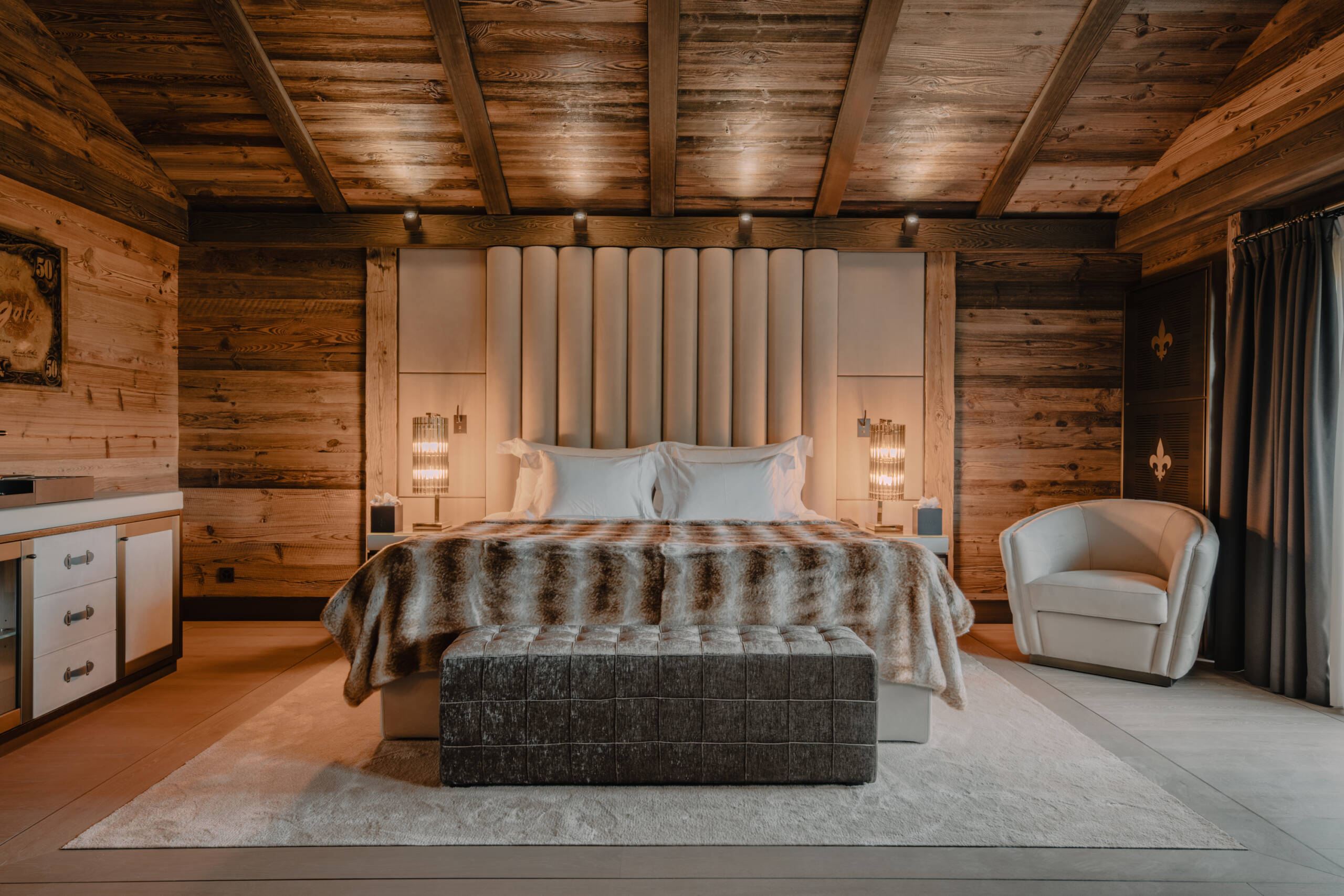




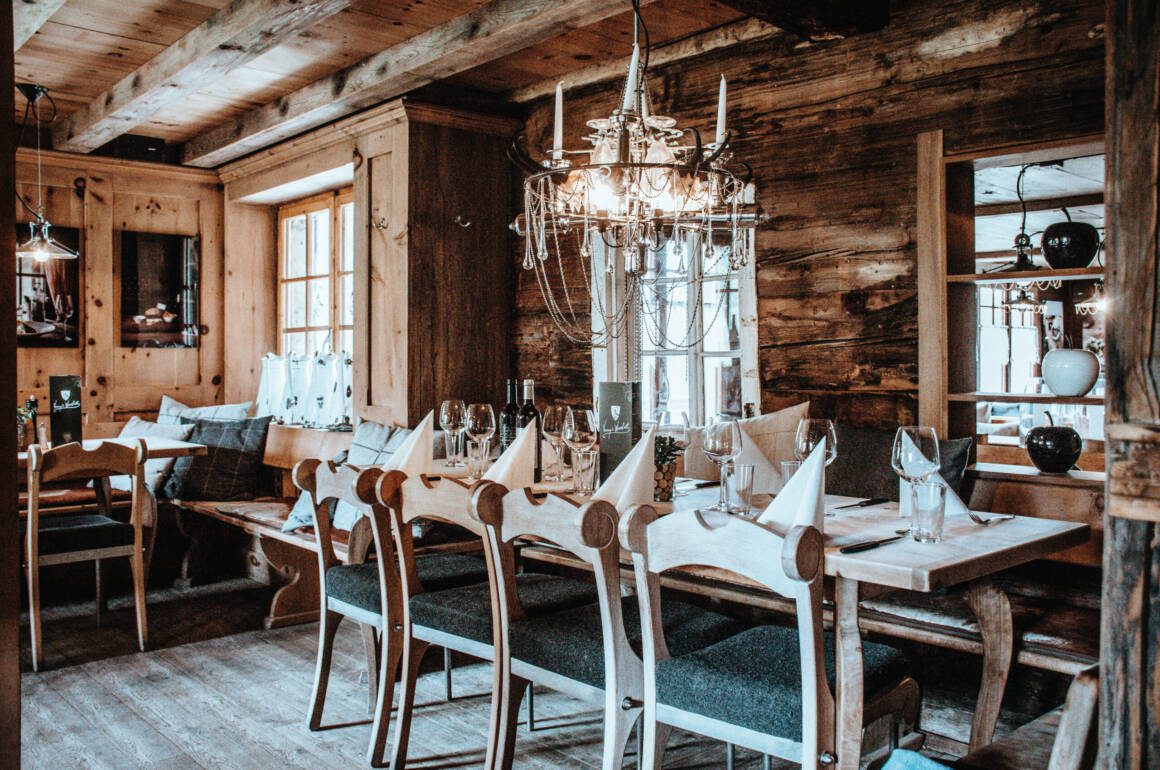















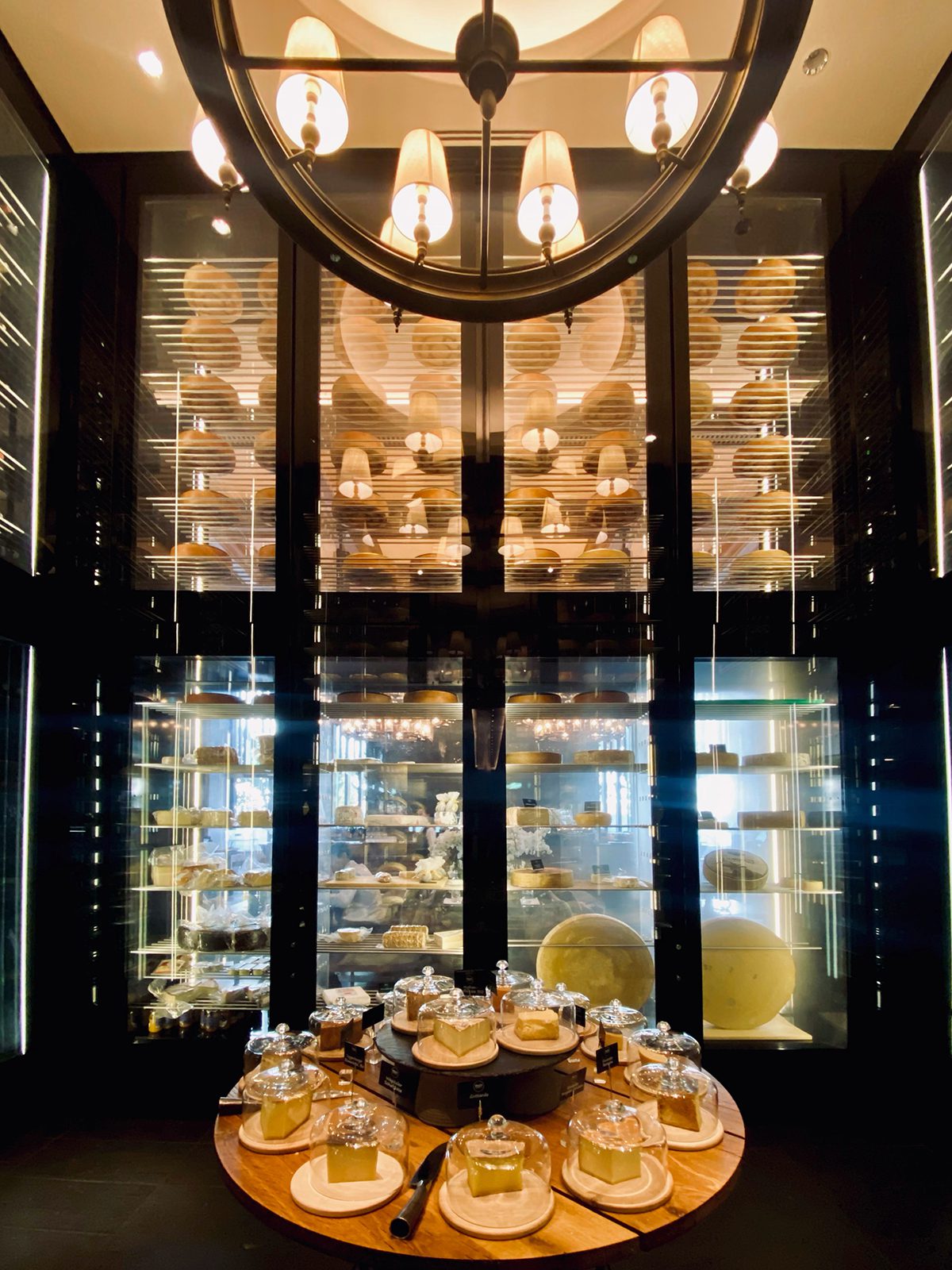



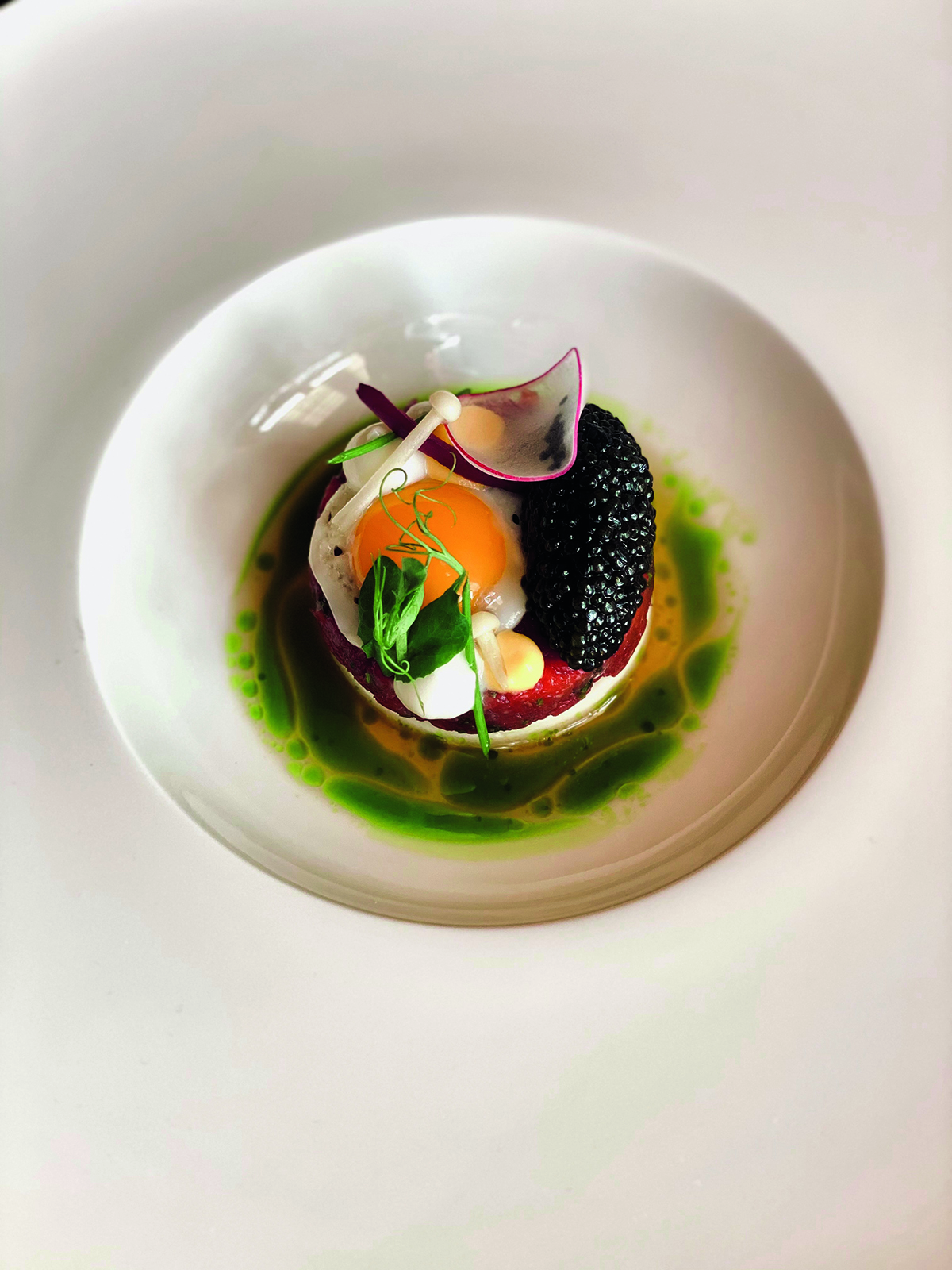


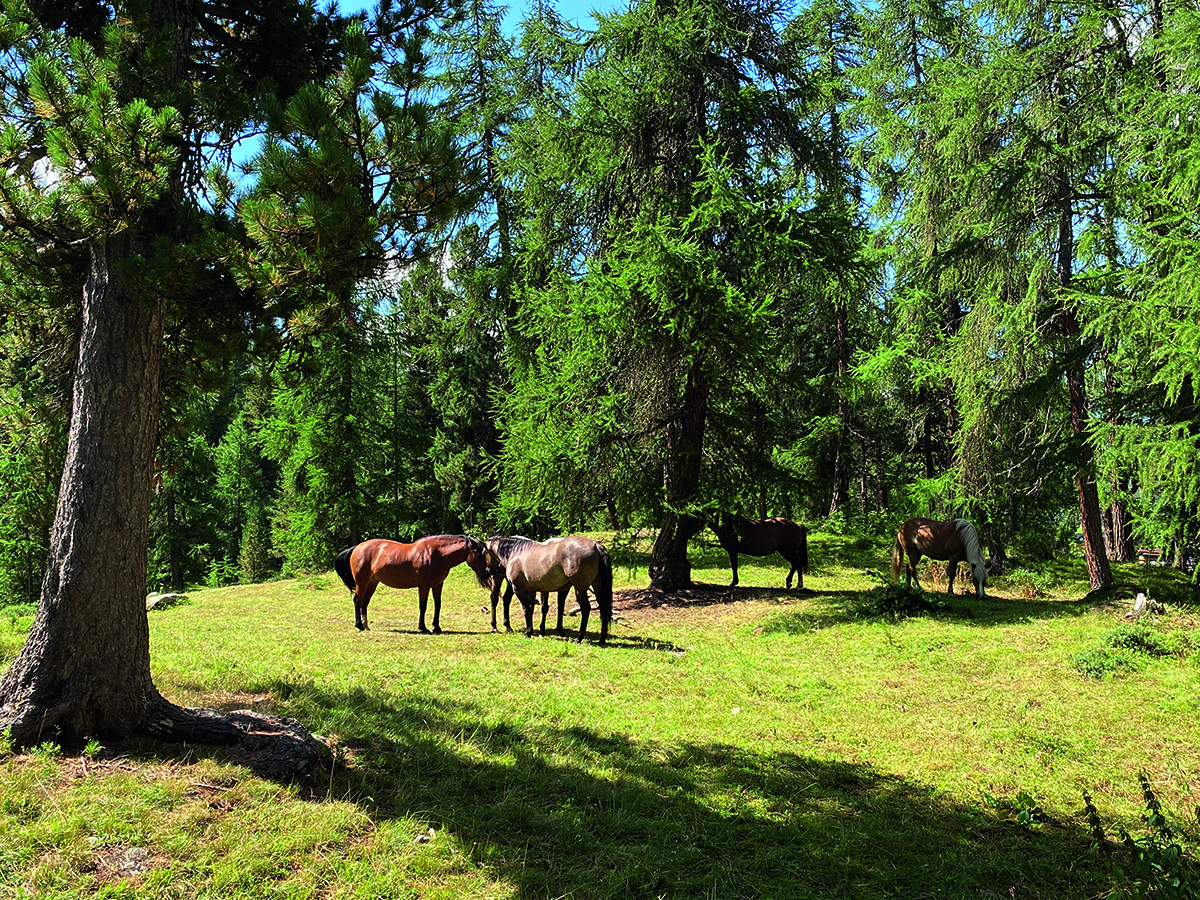


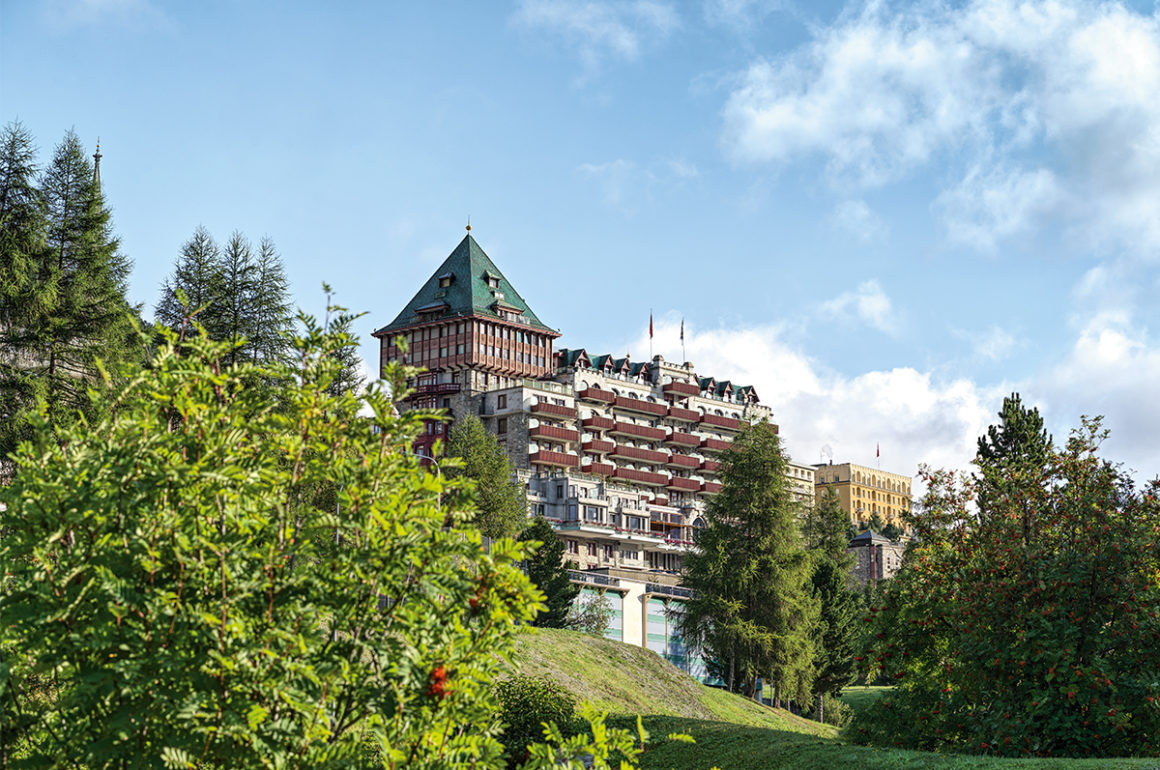

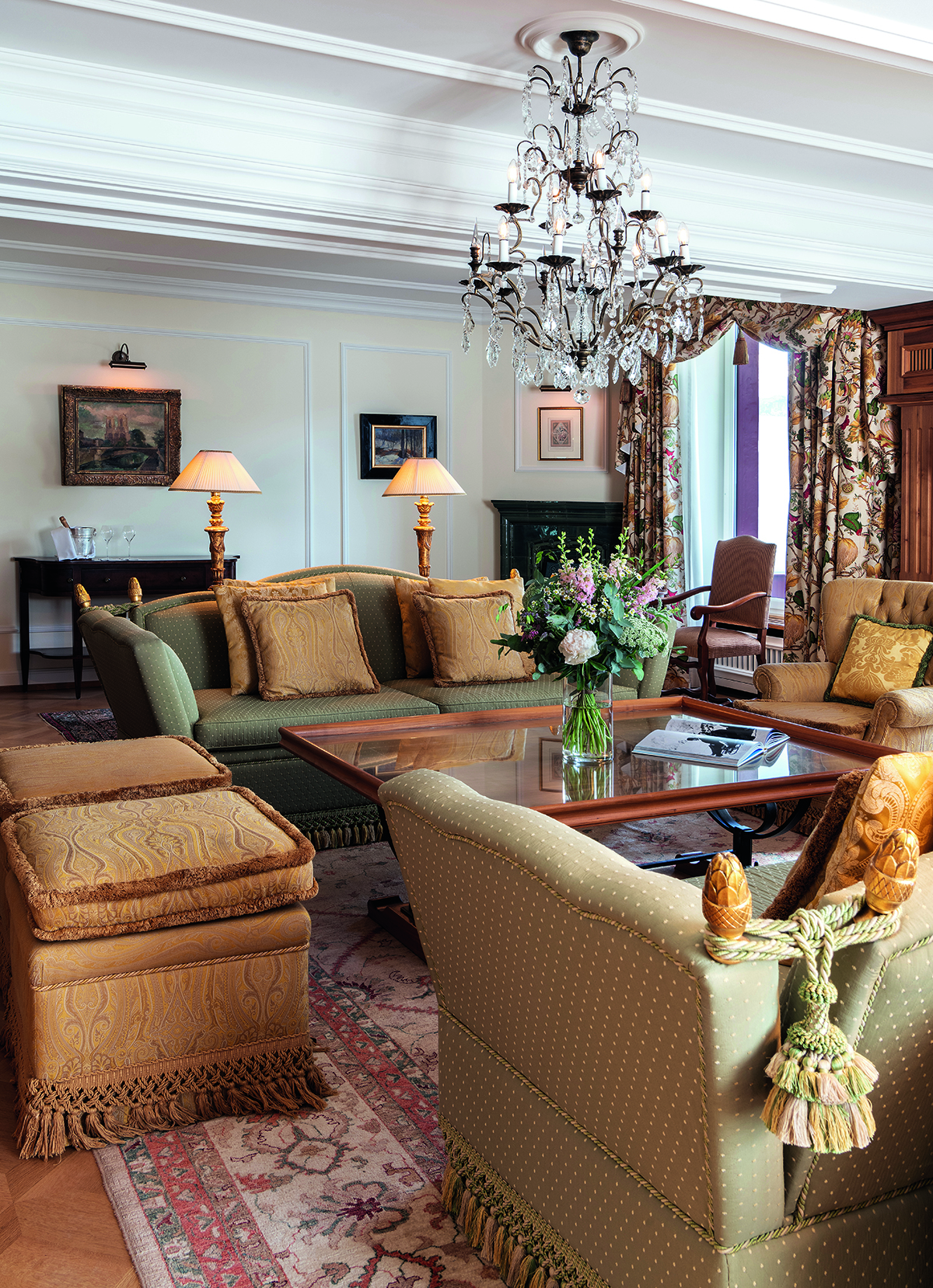



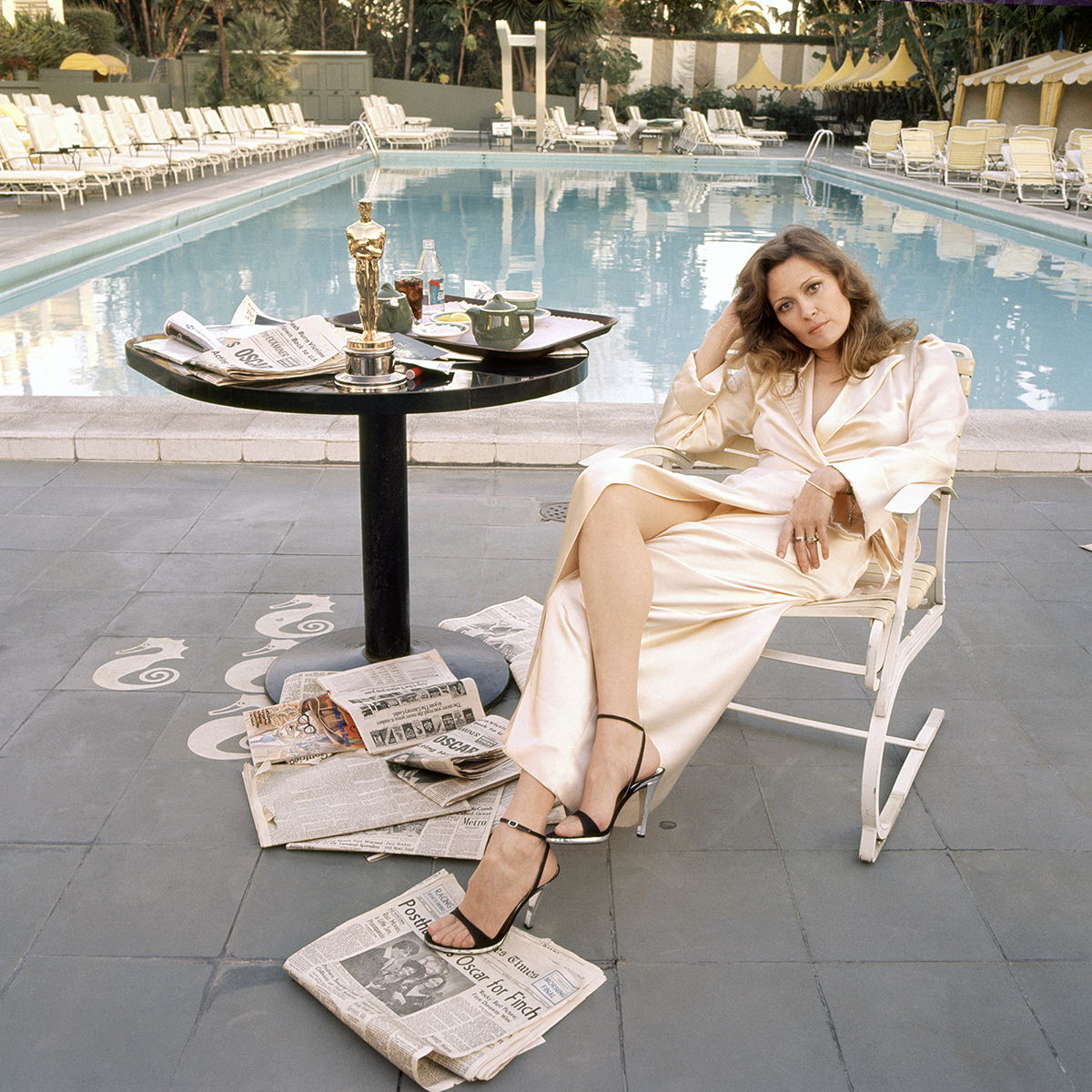





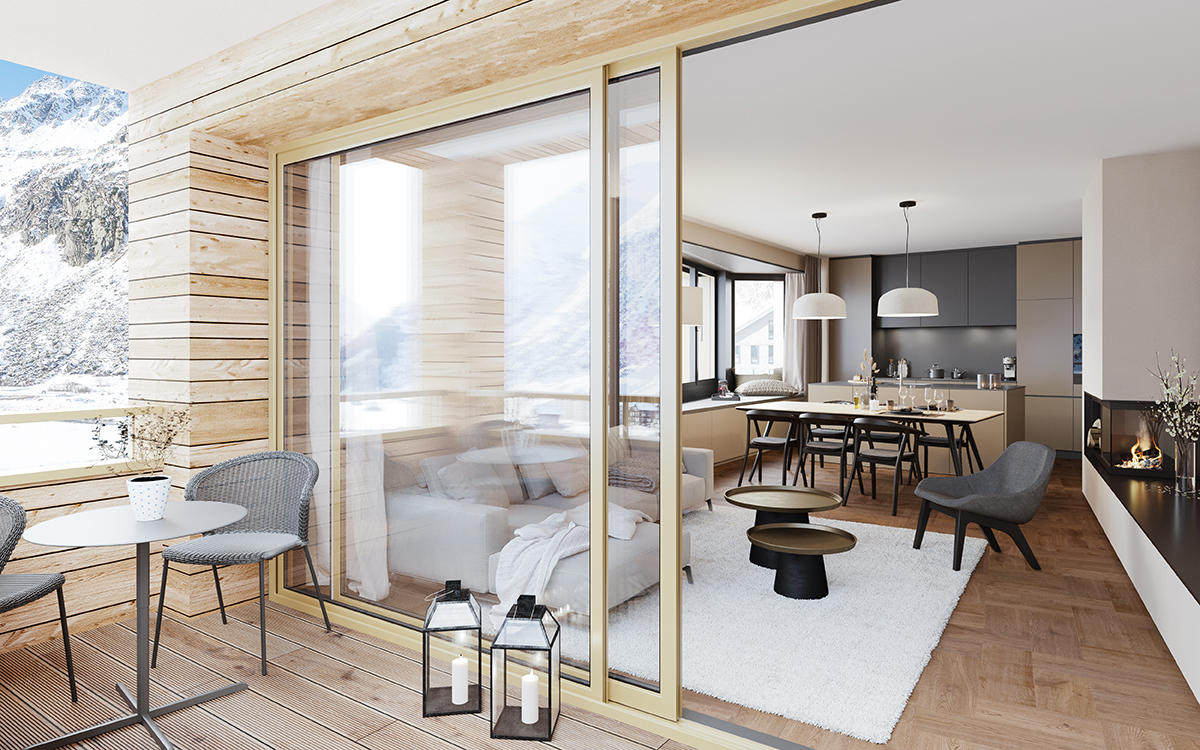

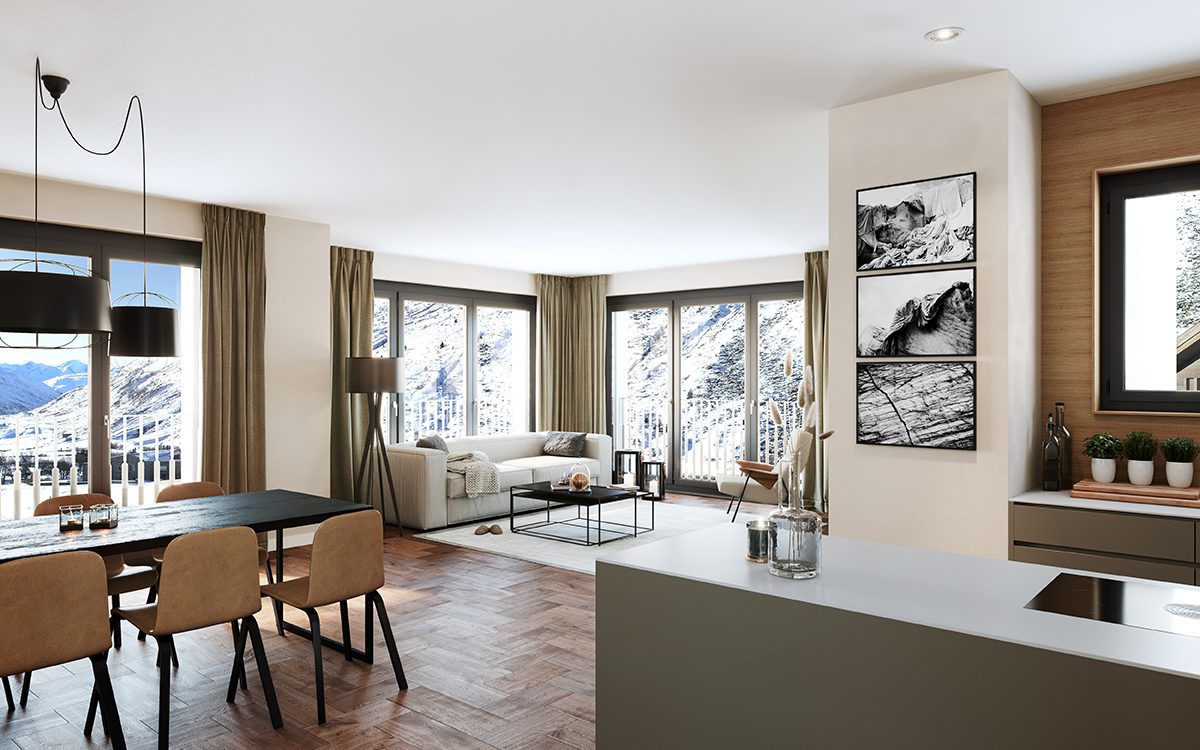
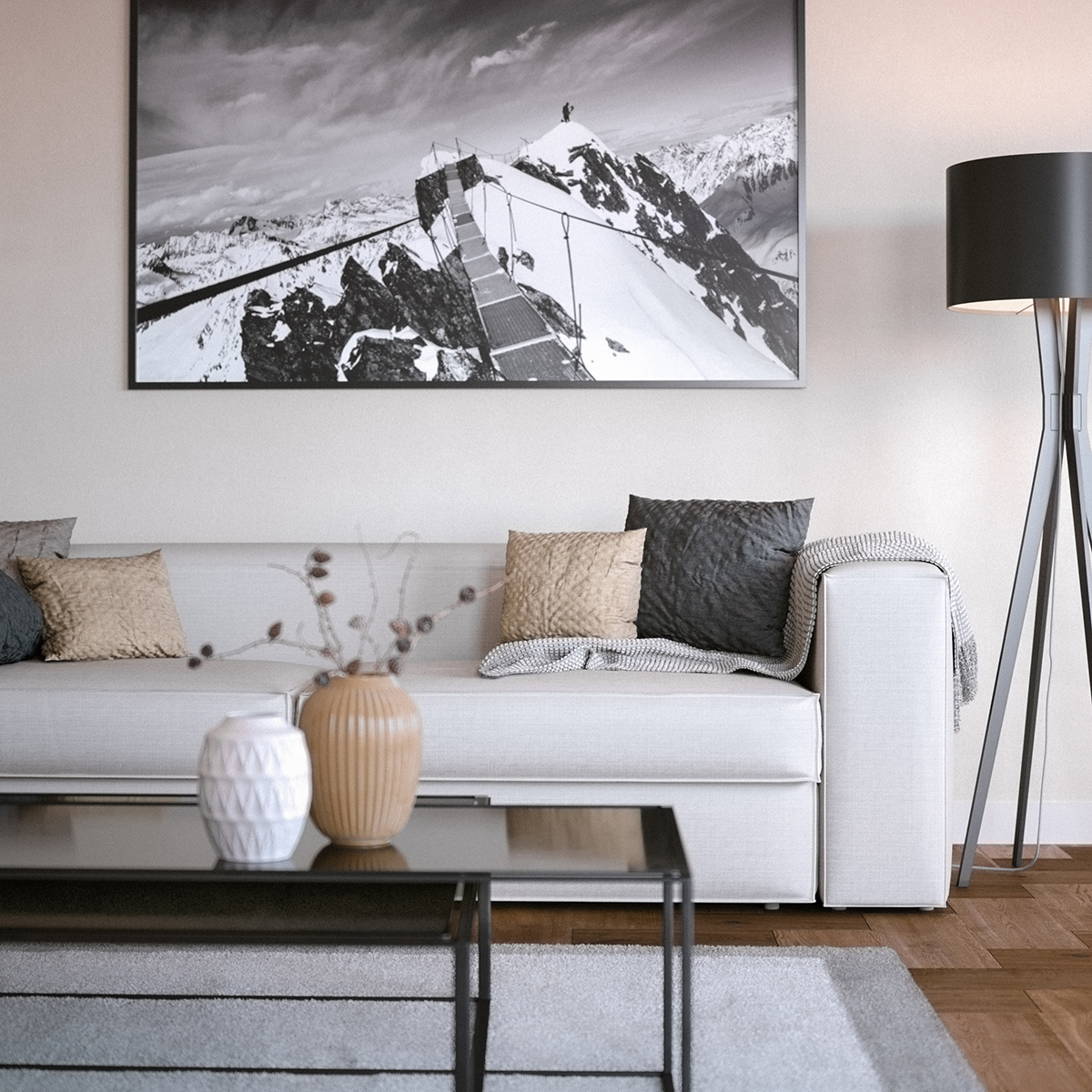


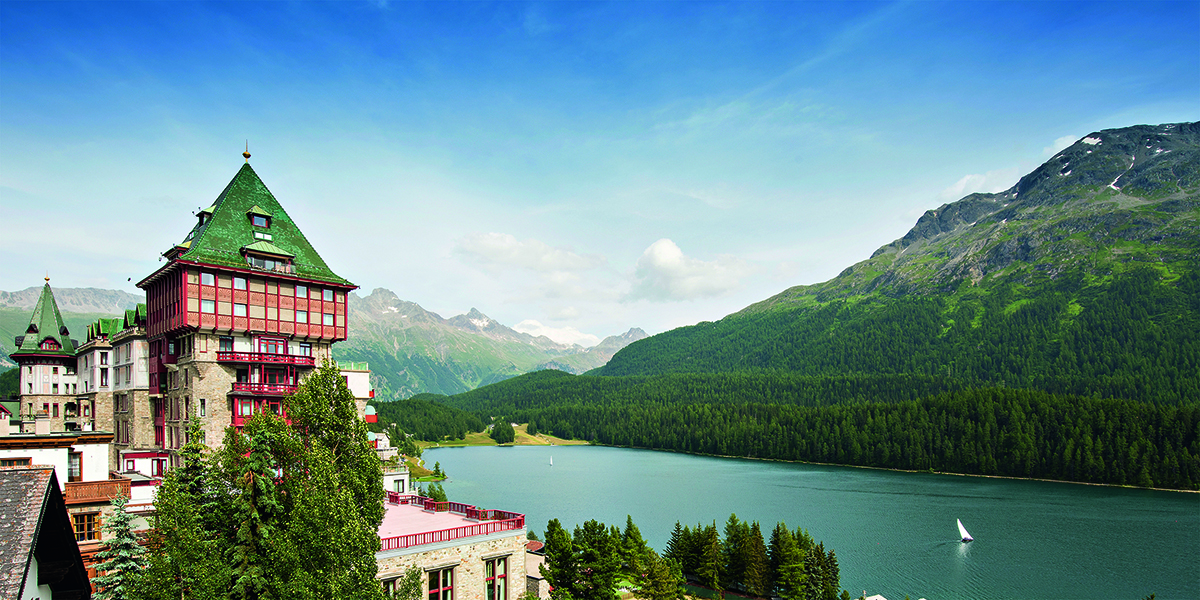












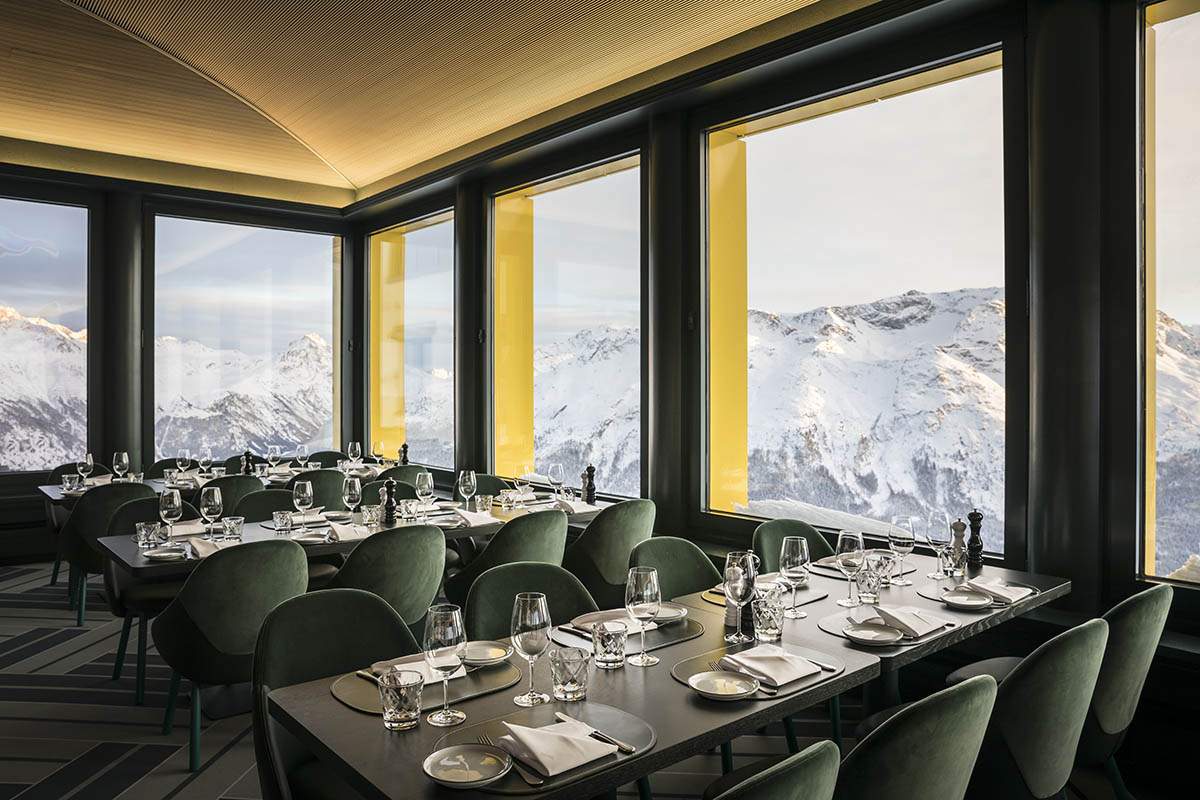



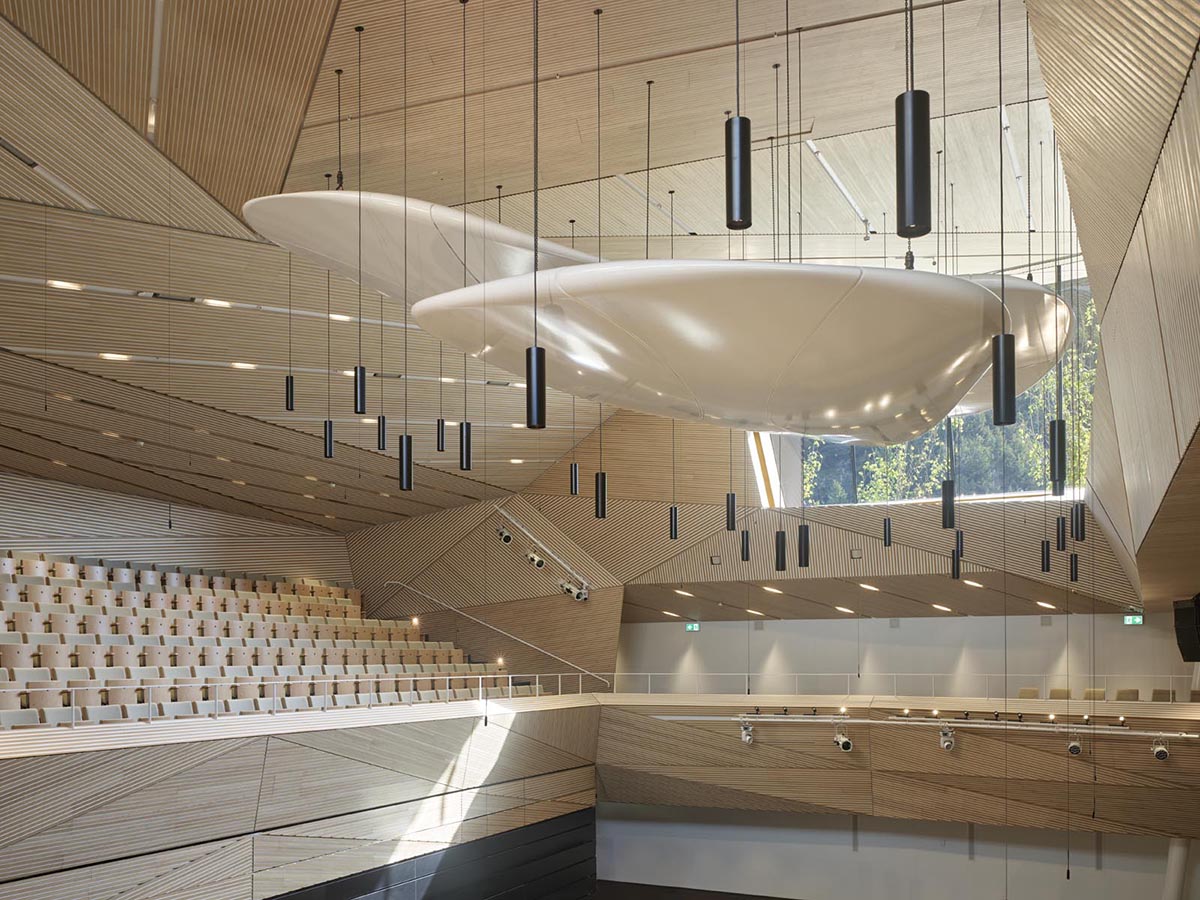
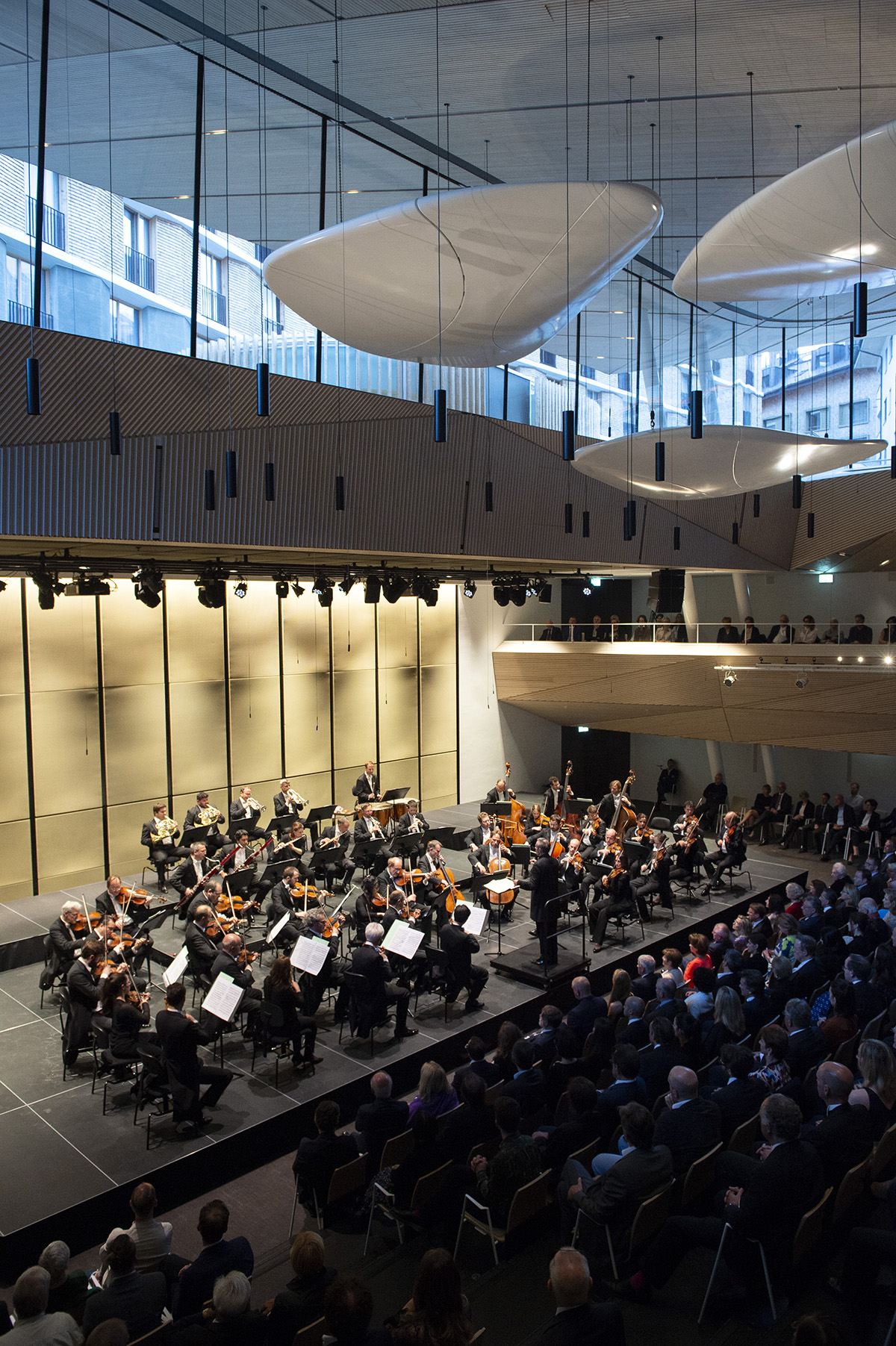


















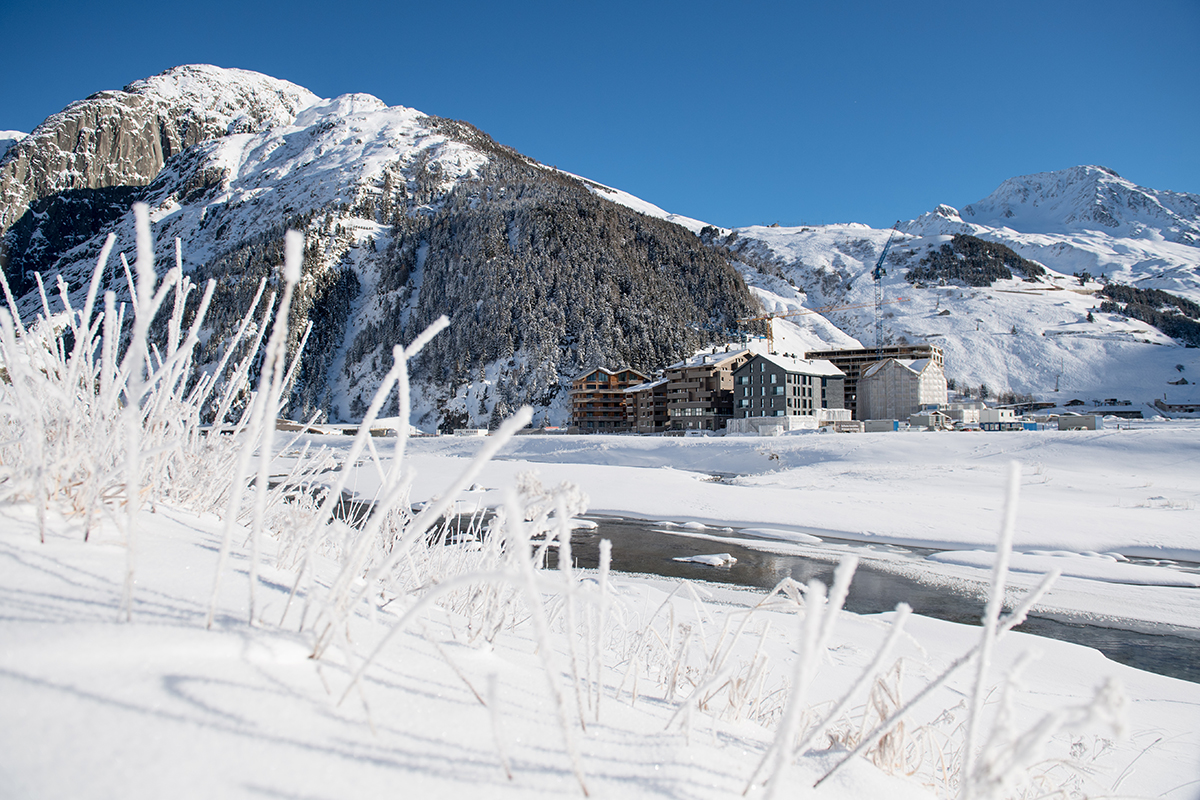









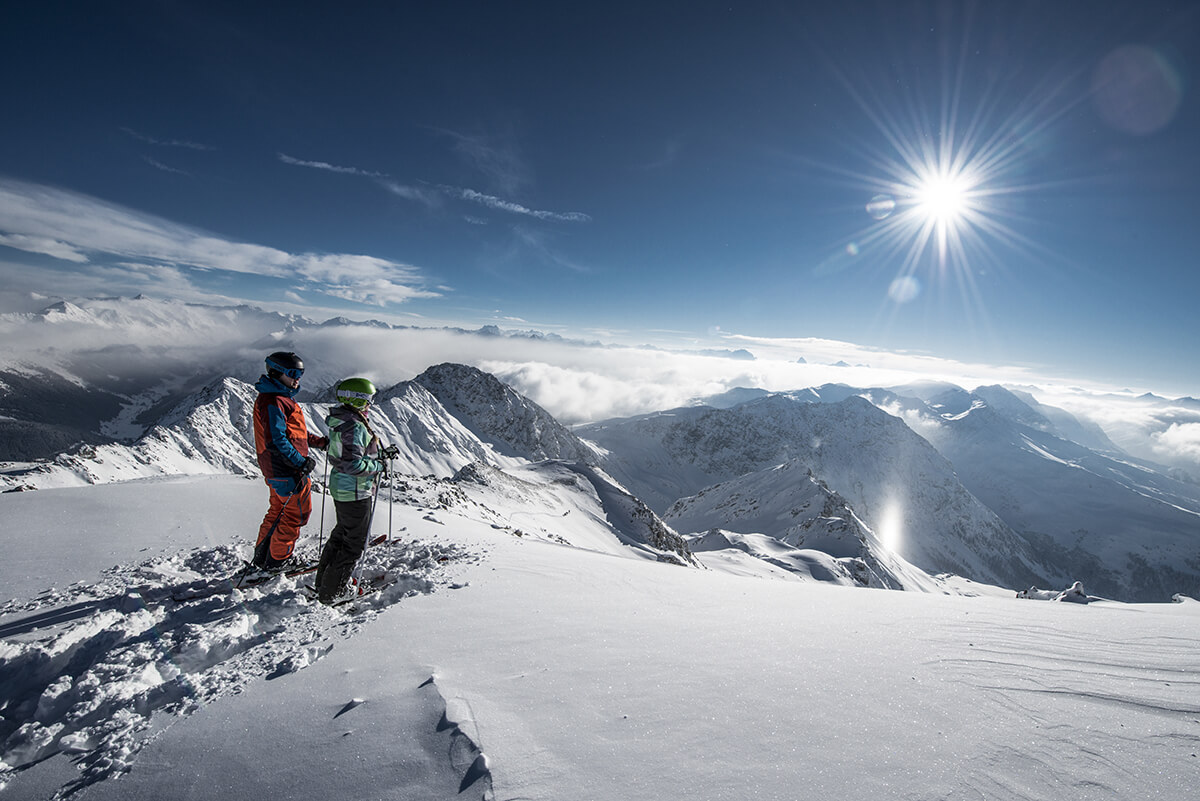







Recent Comments